Waterfrint, blue grapes, drunk berry, Gonobl - as soon as he did not dubbed the blueberry People's Molver! Bright blue berries are notable for their useful vitaminominated composition and enjoyable slightly acidic taste. Blueberry shrubs growing in the northern territories in cold and temperate climate conditions belong to the family of heers.
Today, blueberries is the most sought-after and, accordingly, the most expensive berry in the market. And every day the connoisseurs of this delicacy is becoming more and more: they prepare mousses, sauces and jams, boil compotes and very tasty wine. In a word, to acquire such a bush at my own dacha, you will not regret. The article will tell about one of the varieties of garden culture - blueberry Duke.
Recalling wild-growing bunches of blueberries on a swamp or in the forest, immediately give up the idea of \u200b\u200btaking seedlings for your site straight from there! Borrowed in the wild of the branches are likely to die: blueberries prefers acidic soils (pH 3, 5 - 5.0), and its small roots are growing into the ground about 30 cm. The forest plant has an assistant who helps him feel good feeling In the wild ground is a saprophite mushroom. It is due to this endotrophic mycorride, inhabiting forest and swampy soil, the surface roots of the shrub remain safe and preservation.
You, of course, take blueberries from the forest, but the mushroom, providing her roots full nutrition, will remain there. Seedlings from the wild range, hitting a non-micro-sized alien soil, will begin to wake and soon die.
It is not worth the upset, because there is another, more humane way, become the owner of a miniature bustle with beautiful berries - there are many varieties of blueberry garden, one of which can be purchased by visiting a special nursery. Moreover, a two-year seedling to you, most likely, will be offered with an earthen room, protecting the roots so that the plant is easy to get on your site.
Of the entire refined diversity of blueberries, gardeners most often choose a beautiful and very productive variety of blueberry Duke.
Blueberry Duke: Description and Benefits of Growing
Immediately, we turn your attention that the plant intended for the garden is higher and fruits larger berries than its non-cultural relatives. The duke blueberry variety reaches 1.5 - 2 m, and his branches instead of making a sides, as the currant and gooseberry do, stretch up. But precisely thanks to this feature, the berries of blueberries are sleeping under the sunny rays quickly and evenly, without needing periodic thinning.
Hospiters of berries, flowers, shrub will please you in May. Blooming blueberry DUK is something! She is not at all like a berry bush, more - on decorative. Sleeper-pink flowers in the form of bells on branches with not very thick foliage look very beautiful.
Before the rest of the berries, the blueberry DUK has one undeniable advantage - frost resistance. In some regions, an unexpected frost with a sharp cooling can also come in some regions, and this is known, a real catastrophe for flowering berry shrubs. Many thermal-loving plants cannot withstand such sudden natural cataclysms and reset the color - berries this year, alas, will not be. But the endless blueberry Duke perfectly tolerate adverse weather conditions and pleases its delicious berries every year.
After replenishing your garden collection, such an instance, like blueberry Duke, you will get not only useful, but also a very beautiful plant. Leaves of shrubs are notable for its neat decorative shape. Especially effectively looks like a bush in autumn, in the decoration of the crimson foliage.
Golubika Garden Duke belongs to the average varieties that berries become ripe at the end of July. Large, up to 2 cm in diameter, rounded and very juicy fruits are a real decoration of a small bush. An inexperienced eye is easy to confuse blueberry berries with blueberries. A distinctive sign of blueberries is brighter skin. Every berry can be called a treasury of beneficial substances with confidence: it contains a whole complex of vitamins C, A, K, B1, B2. By the way, the fruits of blueberry Duke are most suitable for the use of raw.
Collect the harvest with bushes is fascinating and pleasant: elastic berries are easy to tear off the bush and at the same time not crush, but in the intact peel, as you know, the useful substances are saved much longer. The berries usually so much that 2-3 times resort to manual collection. By the way, the taste quality of blueberries after a short storage time in the refrigerator is only rising. Ripe fruits without problems carry freezing for the winter and are well transported.
It is very profitable to grow blueberries, because it is more than paying for funds spent on its acquisition. One small bush gives an impressive harvest of 4 - 6 kg of berries. And if you carefully care for the plant, it is quite possible that these numbers will increase to 8 kg! Similar rich fruiting for blueberry DUK is no exception, but an annual rule.
Blueberry Duke: landing
In words, it seems that the cultivation of blueberry Duke will never have problems - an indulgent frost-resistant shrub will bring an impressive yield of delicious berries to his owner. This is true, but only partly: the viability and high level of blueberry fruiting directly depend on the quality of the bush care, taking into account its specific features and requirements.
Blueberry Duke does not suit the shaded places as a permanent place to grow - and such information, by the way, often provide various literary sources. Gardeners with experience argue that such conditions are acceptable for a wild shrub, which perfectly feels like wetlands of impassable forests. Another thing is a garden dummy, which similar conditions will be irrevocated. This error is considered the most common in the cultivation of blueberries on the nursery.
To protect yourself from such ridiculous mistakes, we advise you before planing a shrub to communicate with people who grow blueberries not the first year. From them you will handle the lot of information useful for yourself. In turn, we briefly tell about the peculiarities of the agricultural equipment of this culture, following the rules of which even newcomer will achieve a beautiful crop.
Optimal place to plant and growing blueberry garden - openly openly illuminated by the sun, where the wind does not penetrate. Despite the high thermal liftingness, the bushes of the DUK varieties withstand a decrease in temperature to -34 0WITH.
Regardless of the variety, garden blueberries have certain requirements for growth environment - the soil should be easy and possess increased acidity. For growing shrubs, sandstones and peatlands, which have favorable acidity with pH 3.5 - 5, are perfectly suitable, if the soil is not sufficiently sour, it must be acidified, making a solution of electrolyte (20 - 30 g per 10 liters of water). Watering the entire area is optional - it is enough to pour the acidic liquid into the nurse for blueberries. Do not neglect the mulching of the soil that surrounds the bush. It is impossible to suit pine sawdust better for this. They must be postponed with a layer of 8 - 10 cm. Blueberries loves constancy: once the landed bush does not need a transplant for 20 years.
Some gardeners assure that for the successful goal of blueberries, she needs the neighborhood of "relatives", so it is best to land at home in a plot of several bushes of garden blueberry of different varieties. The gardener will tell about the peculiarities of planting and watering culture, on the site of which cannodian blueberry varieties like Northland, Blue Rose and Hardy Blue.
Blueberry Duke: Care Features
For the plant, regular watering is very important, but it is necessary to produce it very carefully, because overflow and stagnation of water garden blueberries will not tolerate - its roots with a large probability will die. Healing soil will also not please the bush. In general, irrigation rates of garden blueberries do not differ from the watering of vegetables (potatoes, carrots).
It is necessary to fertilize the bushes annually. Blueberry needs a lot of nitrogen fertilizers, as well as in phosphoric and potash feeding. Any manure or compost is not suitable for this purpose. To replenish the need of blueberry in nitrogen, use ammonium sulfate (approximately 35 - 40 g per bush) or ammonium nitrate (25 - 30 g per bus). Annual nitrogen rate is made in three stages: 50% - in the period of the dissolution of the kidneys, 30% - on the eve of the May flowering, 20% - in early July, when the fruits are kept.
Phosphorus and potassium plant feed 2 times: 2/3 of servings are made early in the spring, the remaining part in June. Superphosphate and potassium sulphate are suitable as fertilizer.
Subtleties of the preparation of blueberry garden to winter
Almost all sorts of garden blueberries, including Duke, calmly carry low temperatures: from -23 0From to -30 - 34 0S. But if the winter stands a little snow, the bushes are better to cover the layer of fabric, burlap or spunbond to prevent the frost of their branches. Please note that the polyethylene film is not suitable for this purpose. To support the protective material around the blueberry bushes, I make a framework of stakes.
By the way, to cover the plant will not be superfluous and because of forest pests - for example, hares are very like to enjoy the bark of blueberries.
How to crop blueberry garden spring
The first trimming is carried out when the Kuste turns 2 - 4 years - it will help to form a strong skeleton of the bush. To do this, you need to save the plant from all the branches where the fruit kidneys grow.
The next trimming must be made 3 years after the first, that is, when the bunch of blueberries will be 5 - 6 years. This time you need to remove all old and sick branches, as well as increments at the bottom of the barrel, which lie on the ground.
Pruning is worth producing early spring until the kidneys were blocked. But autumn trimming also does not hurt. It can be done when the blueberries will fall off the leaves. The degree of pruning depends on how speed the plant bushes. If this happens very quickly and in large volumes, you can not bother on trimming branches.
Duke blueberry breeding features
Saplings of garden blueberries can be safely called expensive pleasure, so enterprising gardeners have learned to multiply the shrub on their own.
Reproduction with cuttings
In this way, garden blueberries spread most often. The planting material is stored since the autumn: the cuttings of a length of 10 - 15 cm are put in a container filled with sour substrate. You can take advantage of the molds, small pots and any other package convenient for you. The cuttings are slightly moisturized and leave in heated greenhouse. Until spring comes, they are regularly examined and watered. If at least some of the cuttings leave the roots - this is a wonderful result.
In the open soil, the blueberries are difficult to take root immediately, so before reaching a bush of 2 - 3 years old, it is grown in a greenhouse, waiting for it when he is enough to grow.
Reproduction with seeds
Seeds get from ripe and healthy berries. The washed and dried seeds are put on the lower shelf of the refrigerator or descend to the basement. During the winter they will move (the period of stratification) and the spring will be ready for sowing. With the arrival of sustainable heat, the seeds are lowered into the open soil to a depth of 1 cm, mulching them on top of the layer of peat or sawdust thickness 1 - 3 cm. In order for sunflowers of blueberries sprouted, the soil should be warm enough (+23 WITHC - +25 0WITH).
Places of landing after cutting shoots need regular watering, weeding and soil looser. Blueberry bushes obtained from seeds will begin to delight with their harvest only after 7 - 9 years.
Blueberry Duke: Fighting Diseases and Pest
The most dangerous for culture is considered to be damaged by fungal, bacterial and infectious diseases. Blueberry is often amazed by gray rot, monilial burn, fomept fading, stem cancer and phytoofluorosis.
For the prevention and treatment of these diseases, the bushes are sprayed with fungicidal solutions: "Mikosan-B", "phytodocitor" or "haupin". In order to minimize the risk of the disease, the procedure is carried out after spring trimming.
To protect the garden dummy from ubiquitous insects, apply aggressive chemistry is not necessarily - bugs intending to enjoy the bark and there are not many berries, therefore it is enough to overcome them from the branches with a manual way. Especially carefully you need to inspect the blueberry for the pests of early spring, after the leaves are blown, after collecting berries, as well as after feeding foliage.

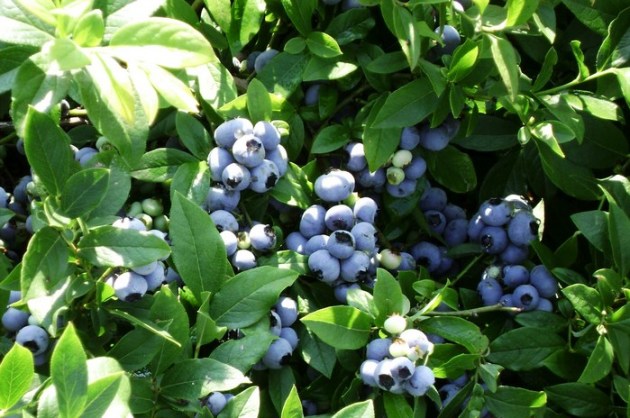
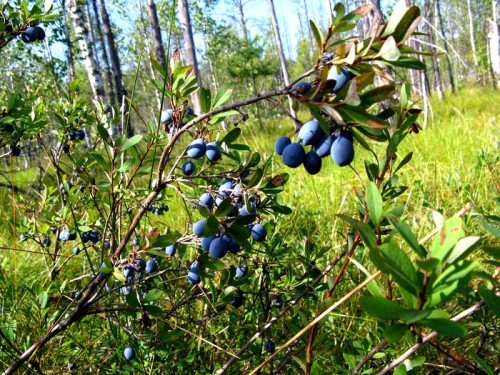
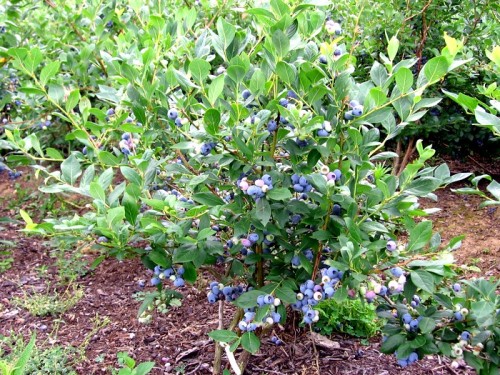
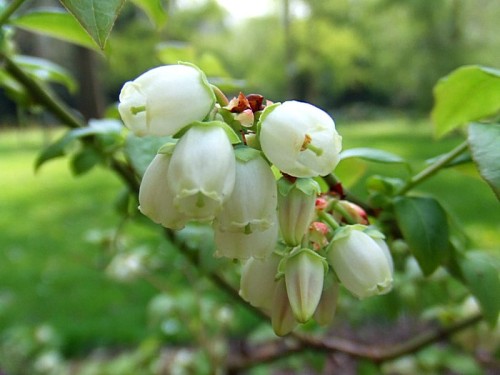
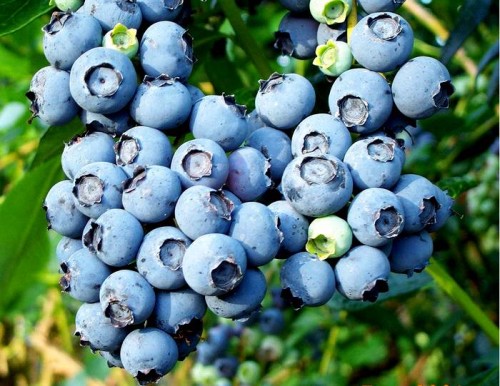
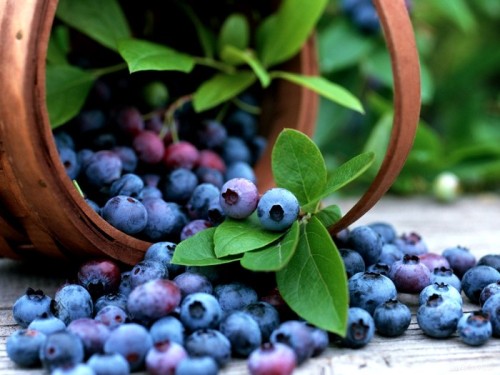

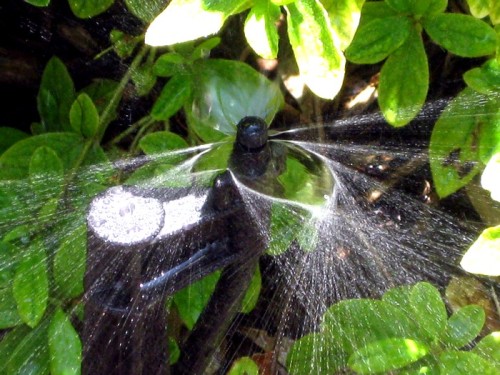
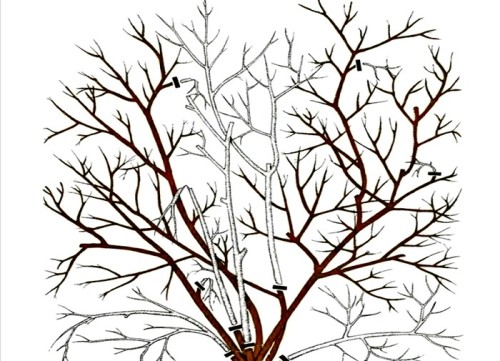
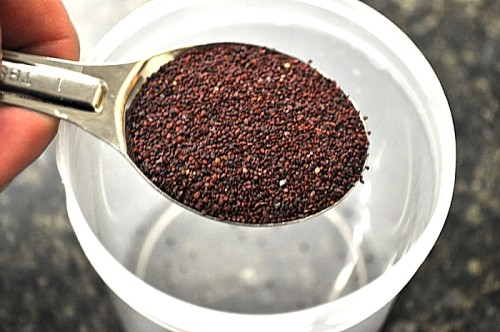
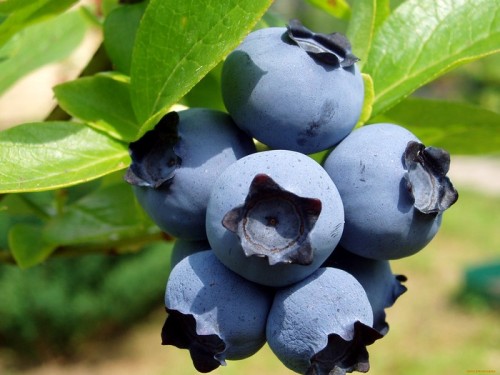












 Start a discussion ...
Start a discussion ...